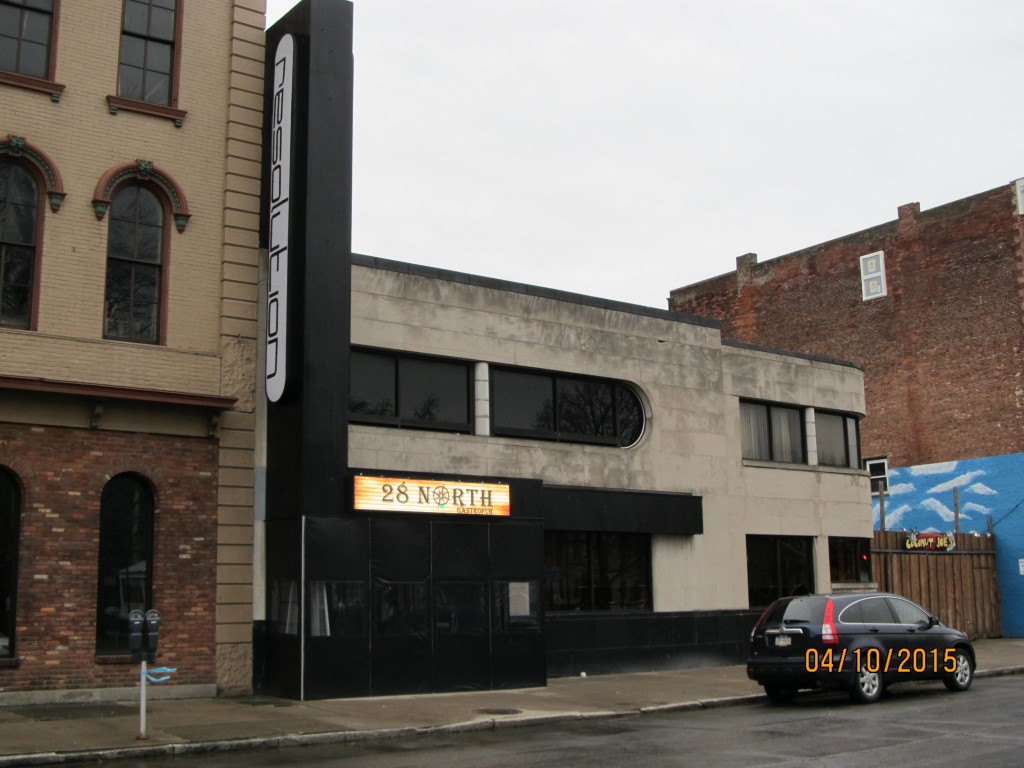| PROPERTY INFORMATION | ||
|---|---|---|
Historic Name |
Old Greyhound Bus Depot |
|
Address |
28 North Park Row |
|
Municipality |
||
Tax Parcel |
||
Historic District |
||
Classification |
Class 1 (Definitions of Classes) |
|
State Key Number |
859 |
|
Historic Function |
Recreation and Culture - theater |
|
Style |
||
Built |
1939 |
|
Architect |
|
|
Builder |
|
|
Barn Type on property |
|
|
Last Entry Update |
8/8/2016 |
|
| HISTORY |
The Old Bus Depot is part of the West Park Place National Historic
District, a downtown Erie business complex preserved for its historic
buildings constructed between 1857 to 1865. The buildings are notable
for being some of the first brick edifices in downtown Erie,
constructed after major fire issues with the preexisting wooden
buildings. In 1860, a grand total of sixteen buildings were constructed
in the general vicinity of West Park Place, thirteen of which were
raised along the street of North Park Row. Of these thirteen buildings,
all but one of the original historic structures still stands. The one
building that has not survived to the modern day is that of Farrar
Hall, which was demolished in 1939, and where the Bus Depot was built.
|
Sources: |
| DESCRIPTION |
| LINKS AND ATTACHMENTS |
| UPDATE |
If you have additional information or corrections to the existing information, send an email to info@preservationerie.org.
|
| CURRENT ASSESSMENT PHOTO |
|
| PHOTO FROM 2014 SURVEY |
| HISTORIC PHOTOGRAPHS |
